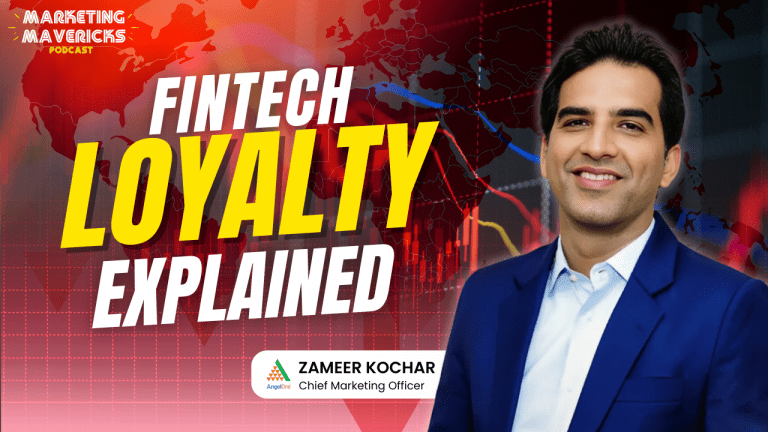“Design is the silent ambassador of your brand.”
— Paul Rand
The quote mentioned above is by Paul Rand, who designed IBM’s logo in 1956. Mark Favermann would further go on to note that “(the logo) was not just an identity but a basic design philosophy which permeated corporate consciousness and public awareness.” That is the power of a good logo design.
The History Of Logos
From family crests to knight sigils, logos have been around since time immemorial. The need to create a symbol that can be attributed to oneself has always been of importance. Then came the industrial revolution which started the modern era of logo design. It was in 1855 when Frank Mason Robinson created the iconic Coca-Cola logo which remains among the most recognized brands in the world.
It was in the late 90s & early 2000s that we entered the digital era of logo design. With more and more content being consumed on screens, logos could be manipulated in more creative ways. Nike’s famous swoosh logo & branding have elevated their association from simple products to a lifestyle ethos. It’s safe to say that a good logo is a foundation upon which a brand’s identity thrives.
Importance of Good Logo Design
Having a good logo is integral. It’s right up there with high-quality services & products. You might believe that the logo is only a part of your branding, but it also ends up serving as the entire basis for your brand narrative.
People often keep logo design in the back of their heads while planning their branding endeavors but it’s the logo that makes you memorable, separating you from the clutter & your competition while fueling loyalty from your consumer base.
Elements Of Logo
Logos are a dime a dozen out there while only a few stand out. For the ones that do make sure to incorporate a few important elements. For example, a good logo is simple, clear, and legible to make them as impactful as it can be. Its simplicity increases its memorability & makes it easier to be recalled in the future.
You want to ensure your logo is creative & original enough to stand out from your competition. For example, logos for burger joints usually feature a burger in them. While it makes sense & communicates what they are trying to say, the way you play around with the element is what makes you stand apart.
The longevity & timelessness of your logo needs to be taken into consideration when you make your brand logo. You want it to incorporate modern design trends but not to the extent that it feels outdated a few years down the line. Bear in mind how your logo would look when you adapt it to different mediums & formats as well. All of these elements play a crucial role in making a well-rounded & balanced logo for your brand.
Different Types Of Logos
Logos are typically an amalgamation of typography & images, but each type elicits different feelings depending on how it’s used. Since it’s the first thing your customers see & remember, you need to choose the best logo type for your brand.
1. Monogram Logos: Monogram or lettermark logos typically consist of a few letters. These letters are usually the brand’s initials. This logo type is useful when your business or brand has a lengthier name that needs to be shown in a concise manner. These types of logos are all about simplicity. Think HBO, IBM & NASA.
2. Wordmarks Logos: These logos focus on the business’s name alone with the help of fonts. A catchy brand name can benefit greatly from this logo type. Some examples include Google, Visa & Coca-Cola. It’s impossible to think of these brands without remembering their typography & colors. They are also incredibly easy to adapt in various formats.
3. Logo Symbols: It’s all about the image. One image to represent your brand. A bitten apple & a blue bird are instantly recognizable in any part of the world. Although, these logo types might be slightly tricky to use for newer brands that don’t have too much brand recognition. The image chosen for this logo type should evoke the appropriate messaging amongst consumers & be selected after much deliberation.
4. Abstract Logos: This logo type is a specific form of the pictorial logo where instead of using a common image, abstract geometric shapes are opted for. This helps express your brand in whichever way you wish symbolically with the help of geometric forms & different colors. This logo type gives you the freedom to attribute significance & meaning to its elements without worrying about preconceived notions from people.
5. Mascot Logos: If you have a brand ambassador or spokesperson in mind and they have an alluring quality to them, this logo type is for you. Mascot logos often include illustrated characters that represent your brand. KFC’s Colonel is a famous mascot that creates a welcoming atmosphere appealing to kids & families.
6. Combination Mark: A combination mark is a logo comprised of a combined wordmark or lettermark and a pictorial mark, abstract mark, or mascot. The text & image can be laid out with respect to each other in every way conceivable. Both of these elements come together to reinforce the brand. In the future, you could solely rely on the logo symbol itself. It’s also usually easier to trademark these logo types than the other ones.
Impact of Good Logo Design
A recent study by the Journal of Business Research concluded that “brand logos are more effective and powerful tools in the management of customer–brand relationships than previously thought.” In today’s particularly noisy marketplace, brands need to be clear about what they want consumers to remember about them.
There’s a direct correlation between deepening consumer-brand relationships & good logo design. More often than not a brand’s visual language and logo are shed aside for other aspects deemed more important. Design IS the silent ambassador of your brand, one that pays dividends in unexpected ways.






